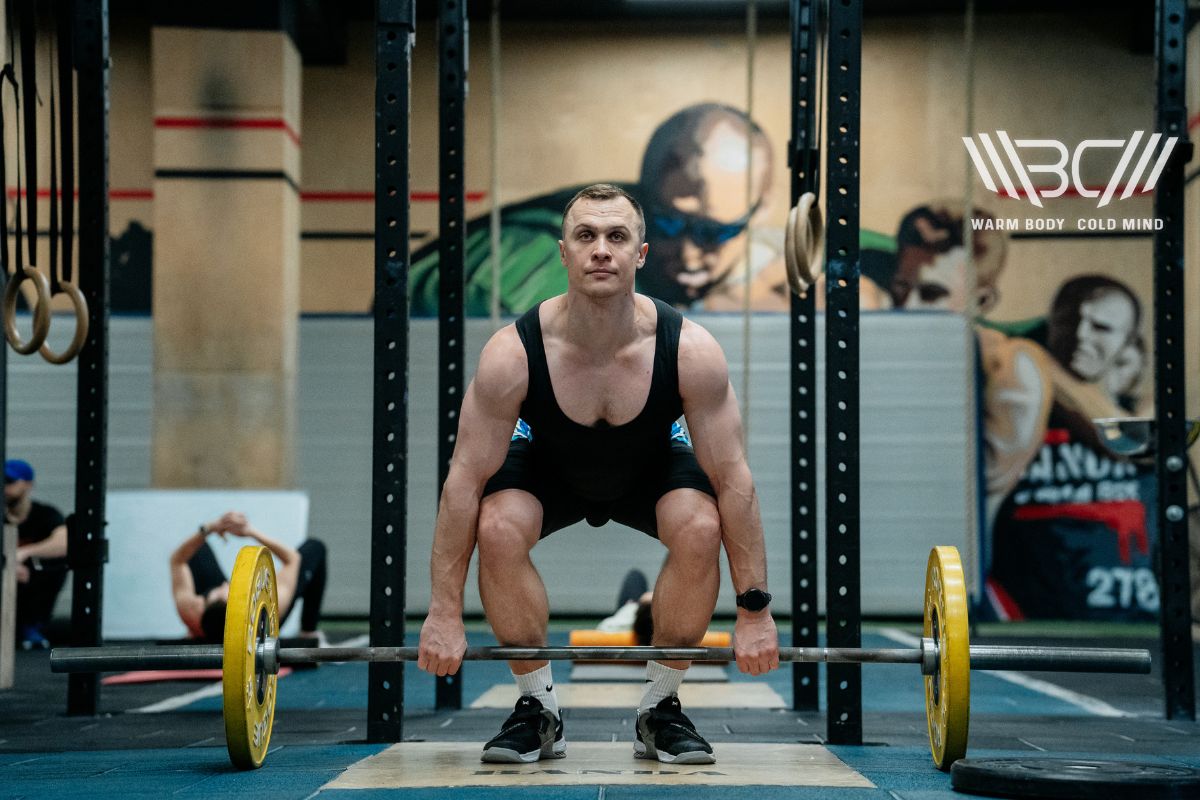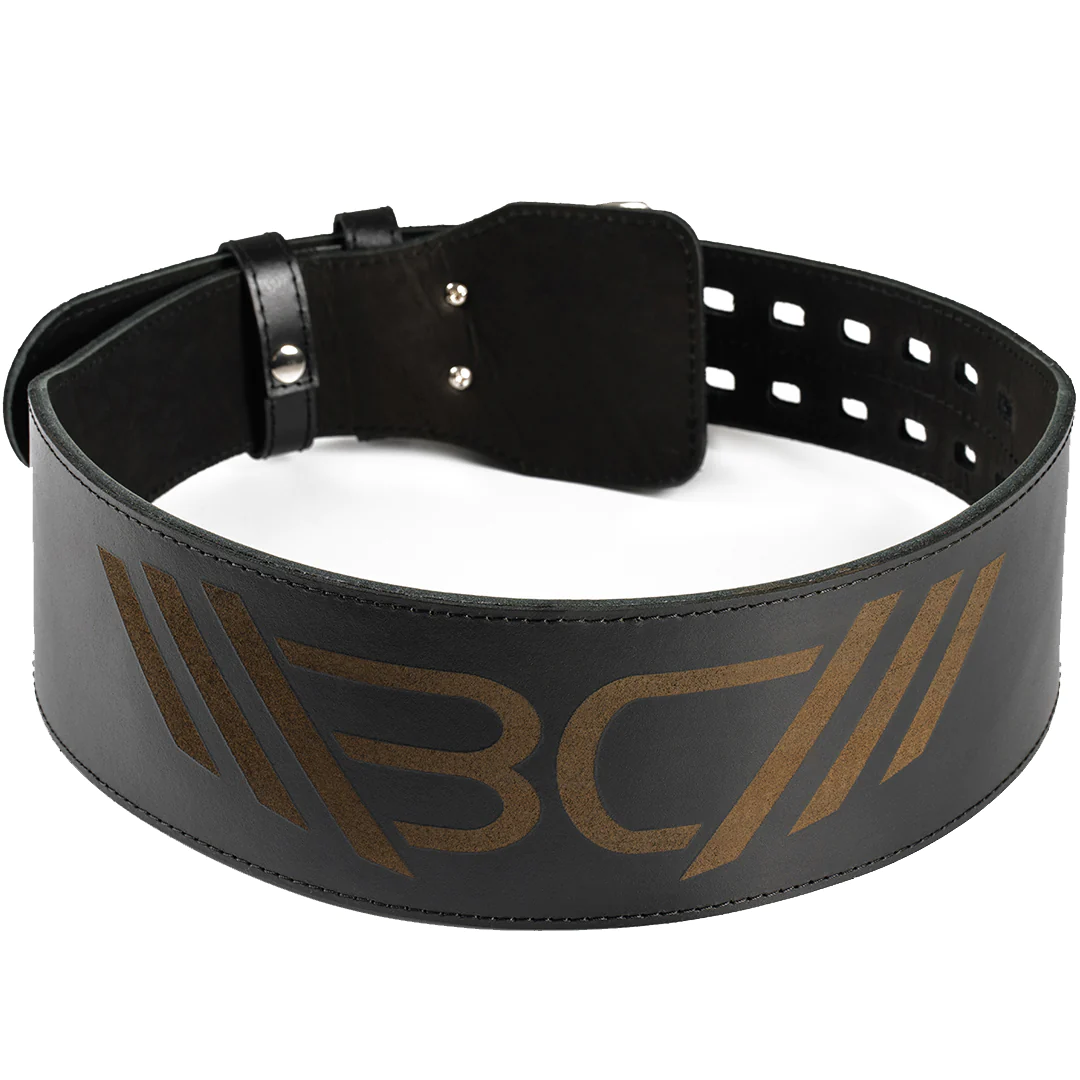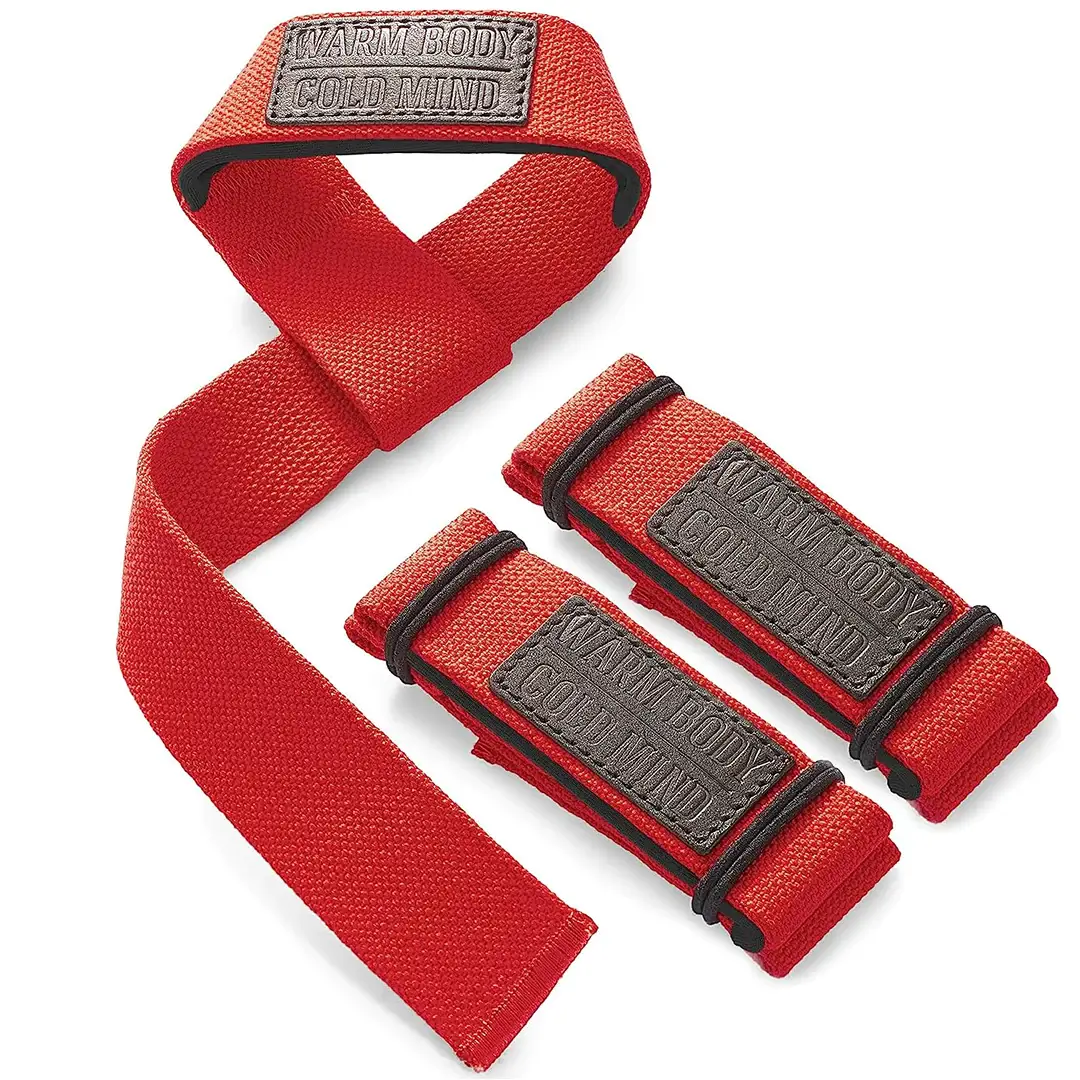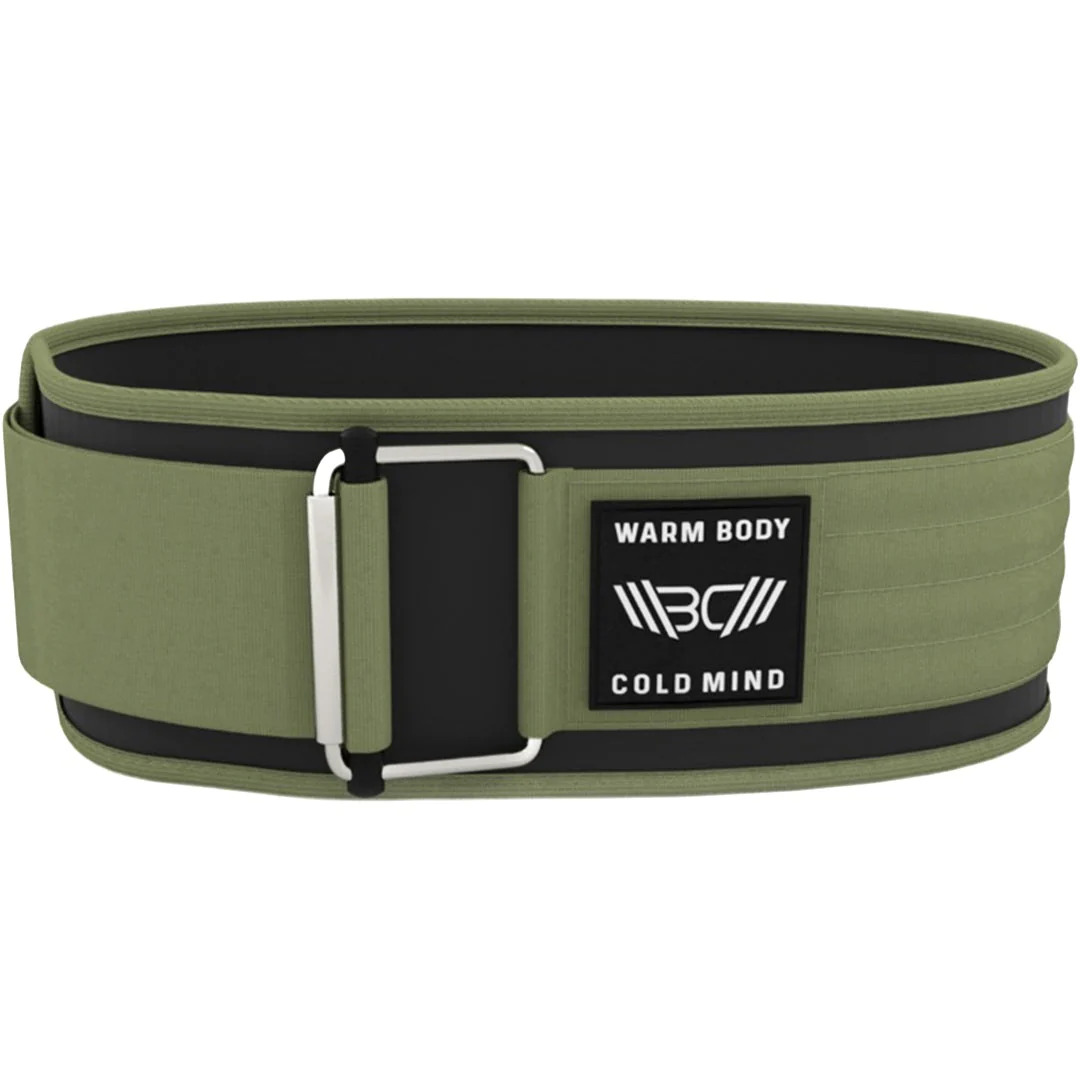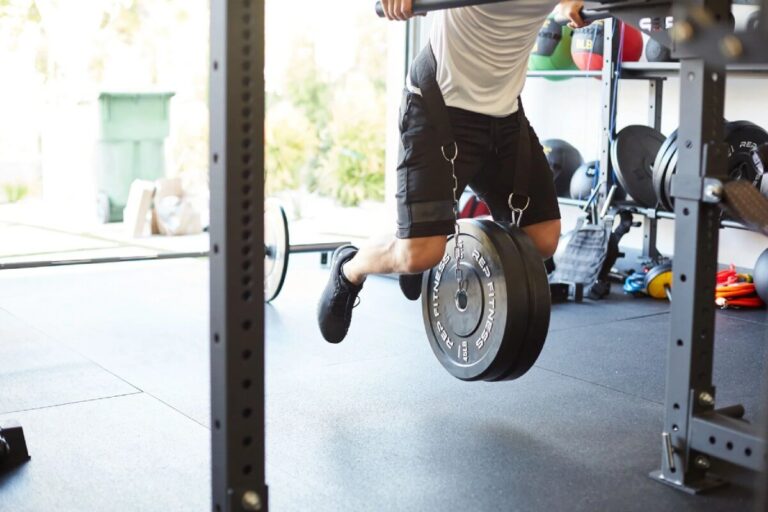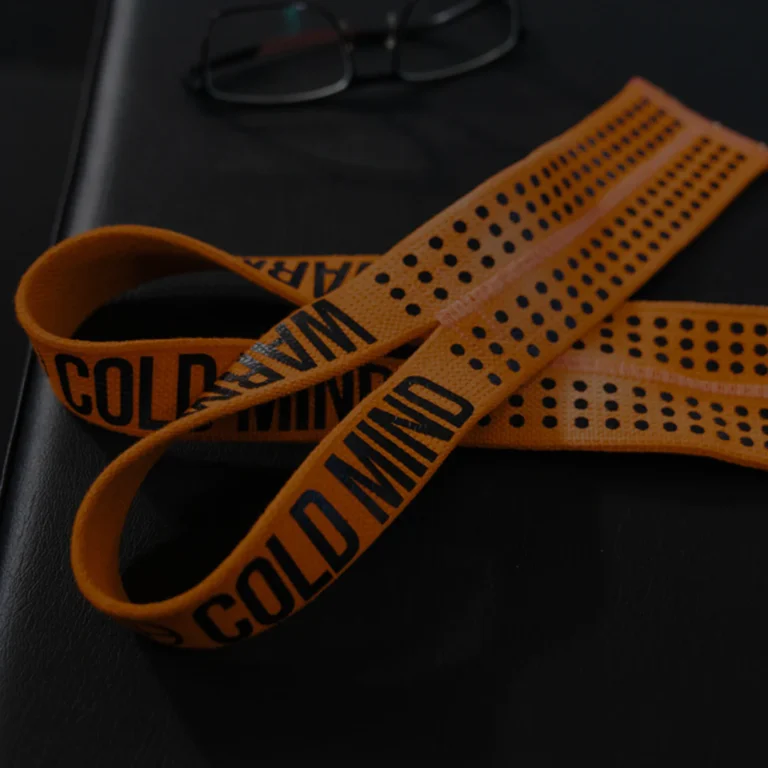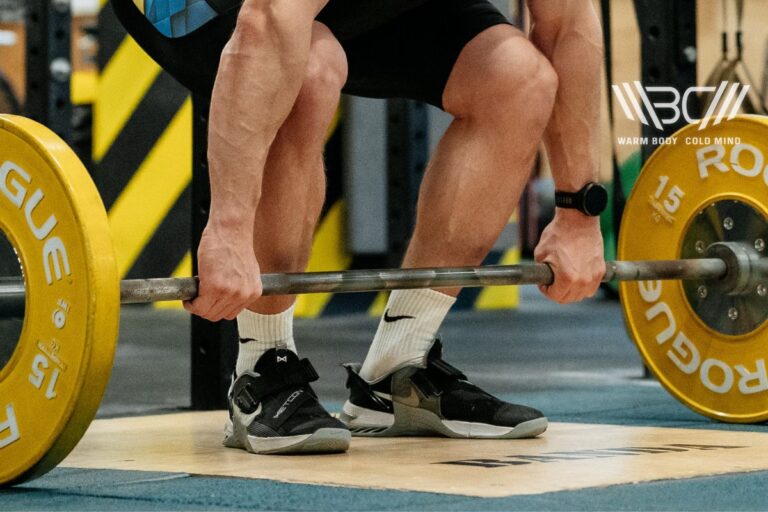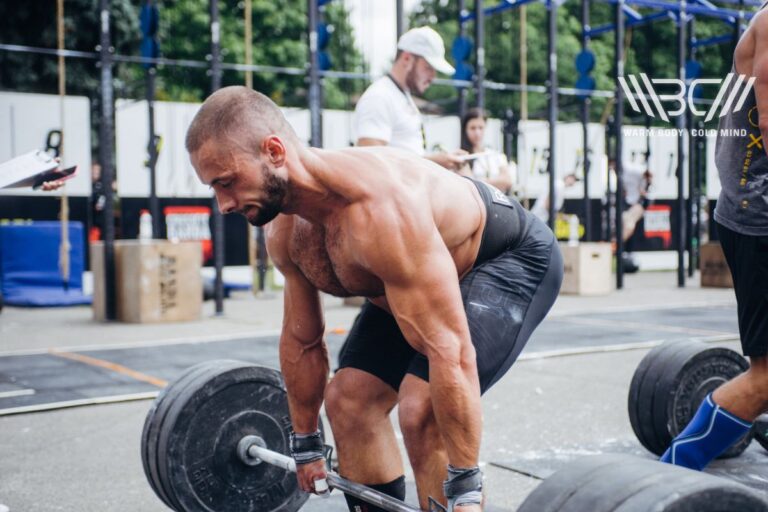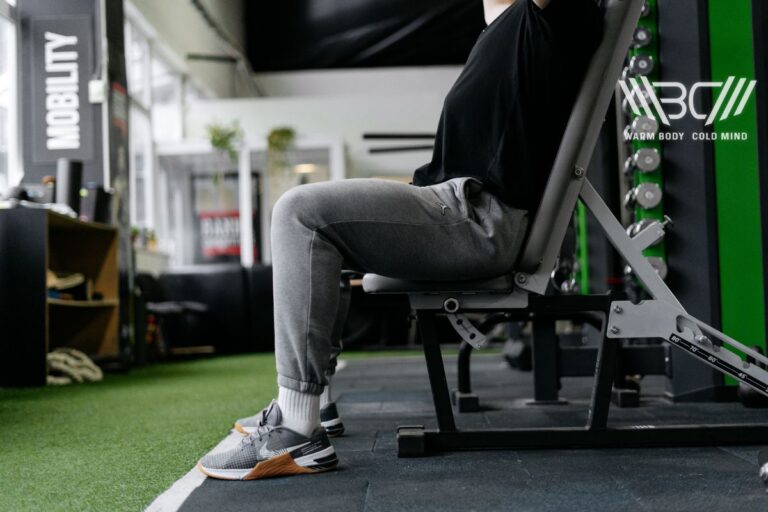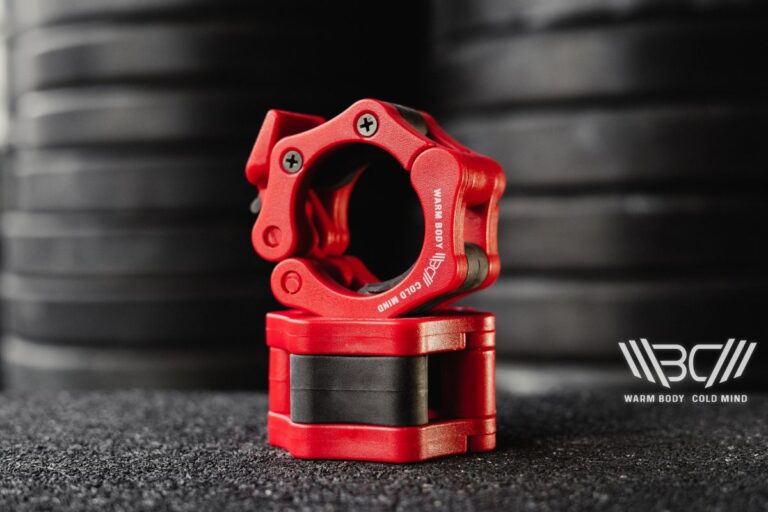10 Essential Deadlift Cues: What Are They All About?
Deadlift cues are an essential part of understanding the deadlift and being able to perform the exercise correctly. Deadlift form cues guide you through the movement so that you can make the ever-important mind-to-muscle connection and activate key muscles.
Listing vital cues in your mind as you’re preparing to lift the bar means you are far more likely to lift with better form, lowering the injury risk that comes with deadlifting.
So, what are deadlift cues?
Deadlift cues are a series of instructions, used to guide you through deadlifts successfully. There’s a lot to consider when performing a deadlift, and typical deadlift form cues include foot positioning, grip, leg stance, breathing, arm engagement, knee flexion, pulling with back engagement, and more.
Importance of Deadlift Cues
Deadlift cues aim to guide the lifter through the movement with a series of cues to ensure the safest and most effective lift is executed. The main advantages of using these cues are improved quality deadlifts and lower injury risk.
The deadlift recruits a range of muscles from various parts of the body such as the core, legs, and back. Knowing how and when to engage these muscles during the movement is key to a successful lift.
Once you’ve familiarized yourself with deadlift form cues, they will be a breeze to remember, and will naturally become a list you mentally walk through as you’re preparing to perform a set of deadlifts. When weight training, it’s crucial to achieve the best form possible, but when time is short or you become distracted in the gym, it’s easy for form to slip.
Using cues for deadlift helps keep you focussed and ready to tackle lifting the bar in front of you. They are intended for use by anyone who deadlifts, not just athletes! Once you’ve practiced deadlifting with specific cues in mind, you will reap the benefits from improved form and concentration to potentially heavier lifts over time.
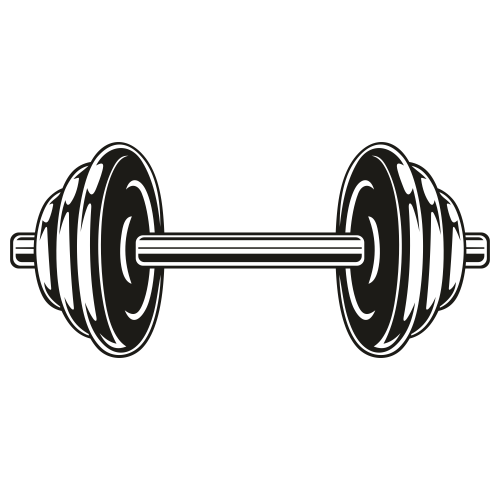
Pro Tip:
Stay true to yourself. Everyone has a different body, and this can affect the intricacies of how we lift. Use deadlift cues as guidance for how to perform a deadlift, but don’t forget to lift specifically for your body and its capabilities to increase safety and achieve the best results.
3 Benefits of Using Deadlift Cues
Finding stability is vital when performing a deadlift as you need to feel anchored and secure from the ground up. Using deadlift cues is arguably the ultimate way to ensure every lift is met with success, where muscles are engaged, breathing is stable, and the bar can be pulled up and returned to the ground in a controlled manner.
✅ Improved Muscle Engagement
As a compound exercise, the deadlift recruits various muscles such as the erector spinae, vastus lateralis, and gluteus maximus. Using cues means you can mentally walk through your body, checking whether certain areas are engaged and in position to lift.
This is a huge benefit of deadlift cues, as it means you will be engaging the key muscles you need to use and will be actively aware if certain parts of your body aren’t in position to lift.
✅ Better Form
Correct form is needed across all aspects of weight training, not just the deadlift. However, deadlifts are a complex exercise, and high levels of injury can be found with the movement. It’s therefore important to minimize this risk wherever possible and achieve the best form you can.
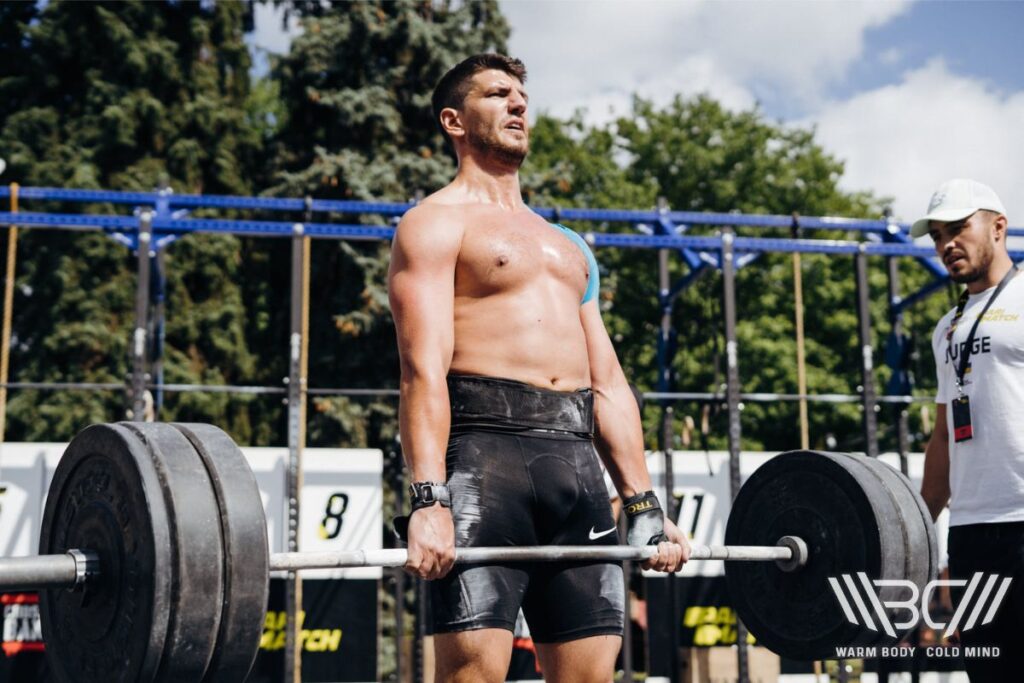
Deadlift form cues aim to do this by keeping the lifter in check, and reminding them of what to do with specific areas of the body, from foot positioning, to bracing the core, and engaging the lats.
Feeling confident when lifting can make a huge difference, and sometimes additional kit can give us the power needed to push ourselves to the next level. Understanding and using deadlift cues while training can keep both your mind and muscles engaged so you complete the movement as effectively as possible. Investing in supportive kit is another way to take your deadlift game to a whole new level.
Available in 6 sizes and constructed from robust A-grade leather, our WBCM leather weightlifting belt is a great tool to utilize when performing deadlifts. Supporting the core and back, this weightlifting belt can help you keep your trunk engaged so you can improve your deadlift form and weight.

Enhance your strength training with Warm Body Cold Mind leather weightlifting belt providing exceptional support and durability.
✅ Lower Injury Risk
Recruiting and activating muscles, and lifting with correct form both aid in lowering injury risk. Regardless of whether you’re a deadlift pro or a novice lifter, injuries can happen quickly, and without warning, so it’s best to stay on your toes and take the precautions necessary to avoid such issues.
Walking through deadlift cues mentally before pulling the bar off the floor will get both your mind and your body set up for a safe and successful lift.
Subscribe!
Get useful tips, expert insights, and in-depth analysis of training programs & nutrition plans to get the most out of your performance.
The 10 Best Cues For the Deadlift
Deadlifting doesn’t simply use one or two muscles. In fact, several muscle groups are needed to perform the exercise, so it can be a lot to think about! These cues will help you navigate through deadlifts, allowing you to engage muscles correctly and brace your body ready to shift some weight.
1. Feet
The first part of the body I want to talk about is the feet. This is one of the first conventional deadlift cues to consider, as your feet provide the base for a deadlift, so they need to be in the correct position for maximum stability. Both feet should be spread about hip-width apart and placed beneath the bar so it cuts over the middle section of your foot.
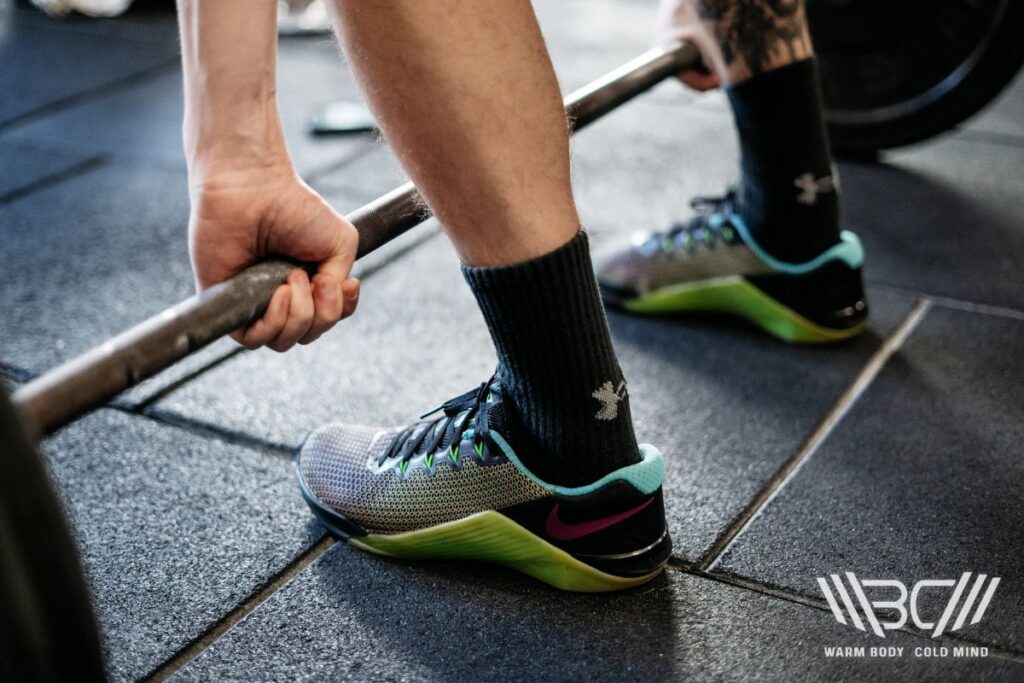
It’s best to have a slight outward turn where the toes are pointing away rather than inwards. This will help keep the knees in position during the exercise. If you’re struggling to keep your knees in line while deadlifting, consider lowering the weight and concentrating on getting your form up to scratch first.
Taking the time to break down the deadlift, focussing on individual cues and body positioning will not only help prevent injuries from occurring but will also lead to better lifting in the long run so you can surpass your goals.
2. Grip
Whether you use a double overhand, mixed, or hook grip for deadlifts, it’s important to grip the bar as securely as possible. When using a mixed grip, try to avoid keeping the hands in the same position for every single set as asymmetry can lead to potential muscle imbalances.
Switch around which hand is pronated and supinated so the body can grow balanced muscles and stress isn’t left to one side of the body. Throughout the deadlift, maintain a secure grip around the bar, which should improve over time with consistent practice and training.
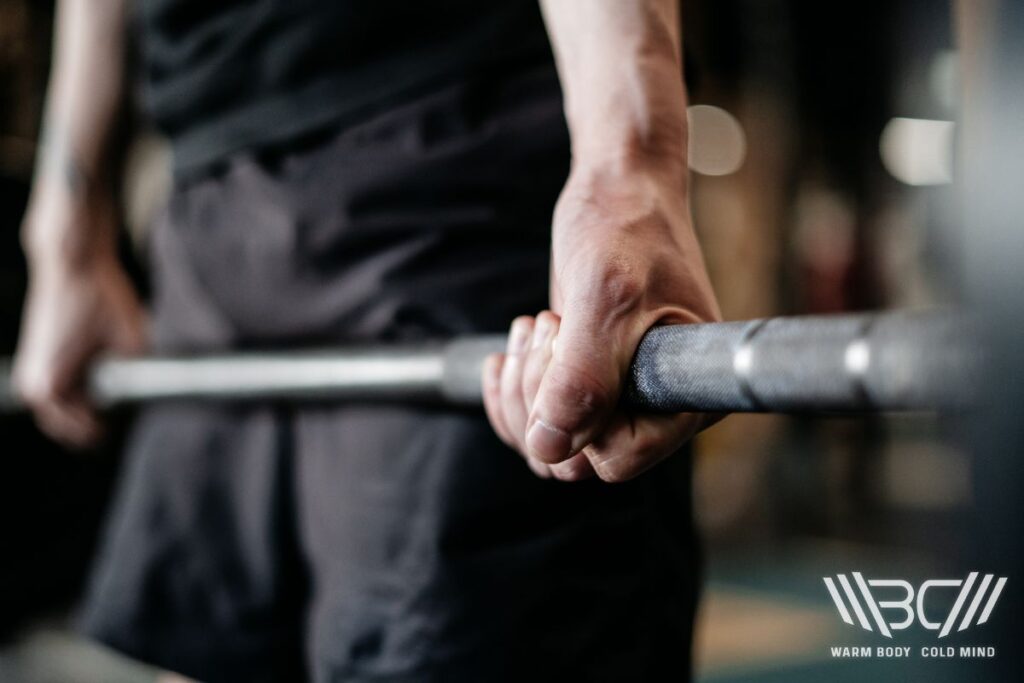
Designed by Olympic athletes, our one-size-fits-all WBCM weightlifting straps Lasso Pro can elevate your training by providing increased wrist support and comfort during deadlifts. Made from cotton, neoprene, and authentic leather with reinforced dual stitching, these weightlifting straps will see you through countless sessions and give your wrists the support they need to lift heavier, for longer.

Cotton Lasso Lifting Straps Pro
Enhance your lifting experience with Warm Body Cold Mind lasso lifting straps designed for durability and comfort.
3. Legs
Legs are a vital component of a deadlift and one of the most important deadlift cues as they provide the drive to power the bar upwards from the ground. When you are in position and are ready to lift the bar off the floor, imagine your feet are pushing into the floor and your legs are following.
Doing so helps engage muscles throughout your lower extremities such as the quads and glutes so you can make mind-to-muscle connection and raise the bar. Leg positioning will differ between deadlift variations. For example, sumo deadlift cues for legs will be different from conventional deadlift cues as the legs need to adopt a different stance.
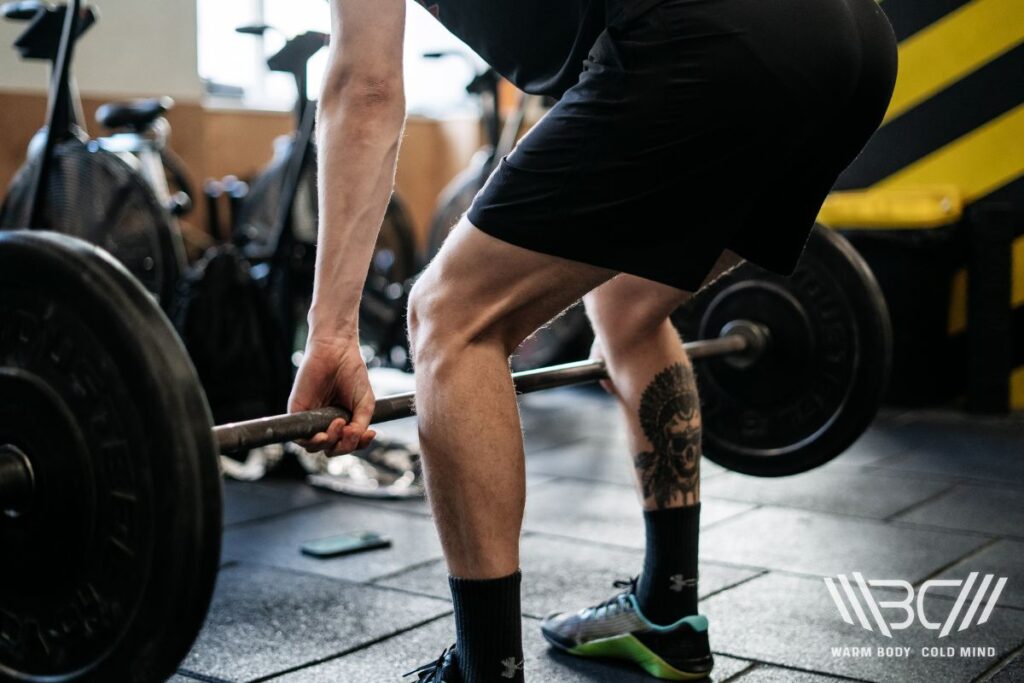
When performing sumo deadlifts, it’s vital to keep the knees from rolling inwards. Typically, the wider the stance, the more tempted the knees will be to roll inwards. Therefore, avoid taking too much of a dramatic sumo deadlift stance, keep the toes slightly pointed outwards, and allow the knees to follow the path of the toes.
4. Breathing
Bracing the core means taking a deep inhale and tightening your abs before beginning to lift the bar. Maintaining a strong core leads to improved posture, where your back is straight, your abs are tight, and the entire trunk of your body can support the movement. Imagine the breath pulling your stomach into your spine. This will help you achieve a deep stomach breath as opposed to a shallow inhale just through the chest.
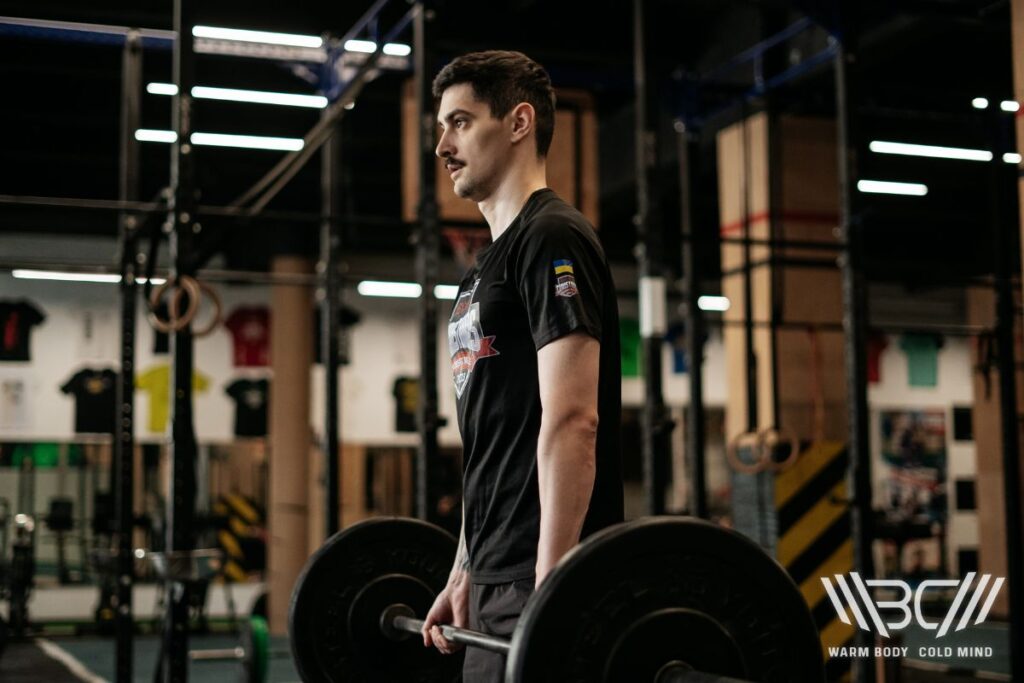
5. Knee Flexion
There are two common issues with knees while deadlifting. Lifters often make the mistake of letting their knees roll inwards, or they hit their knees with the bar as they raise it from the floor. This can be painful and a distraction from the rest of the lift, so ensuring a correct knee position is vital for deadlifting.
By adopting a slight outwards rotation of the feet, the knees should follow the path of the toes and refrain from turning inwards. By doing so, this also means the knees should be well out of the way of the bar.
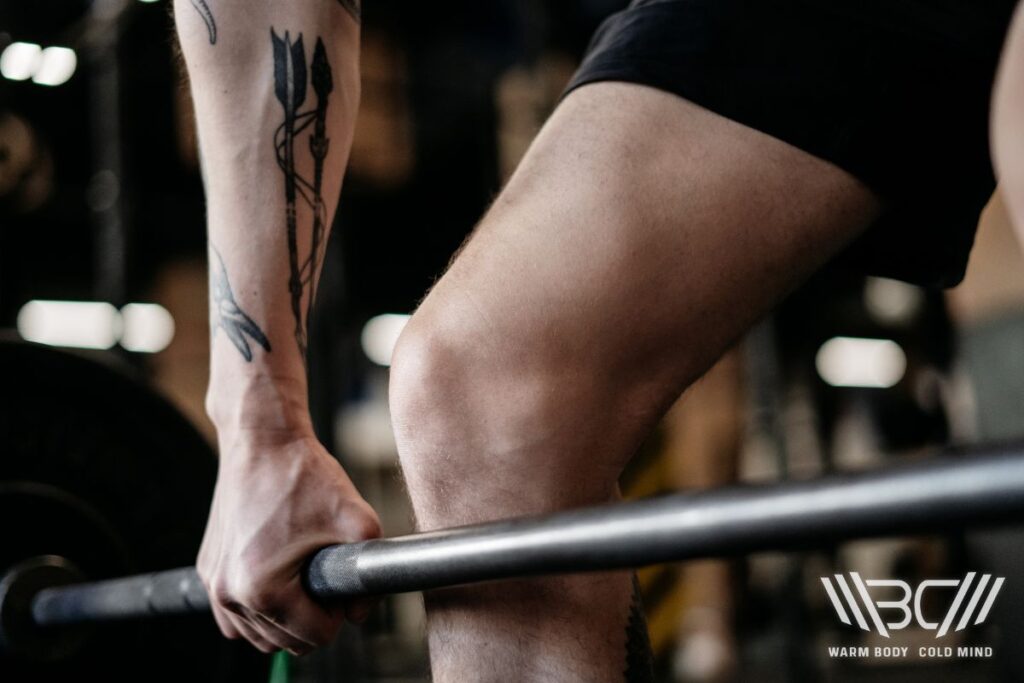
One of the top Romanian deadlift cues is to keep a slightly soft knee with a small bend to allow better engagement of the hamstrings to support the movement. Sumo deadlift cues are a little different as the wider stance means knees should naturally form an outwards rotated position.
6. Arms
The deadlift might be powered by the legs, but the arms have a big job too, as they help engage back muscles. When reaching down for the bar, keep your chest up, core engaged, and shoulders back, bringing your lats towards one another as though you are attempting to bend the bar.
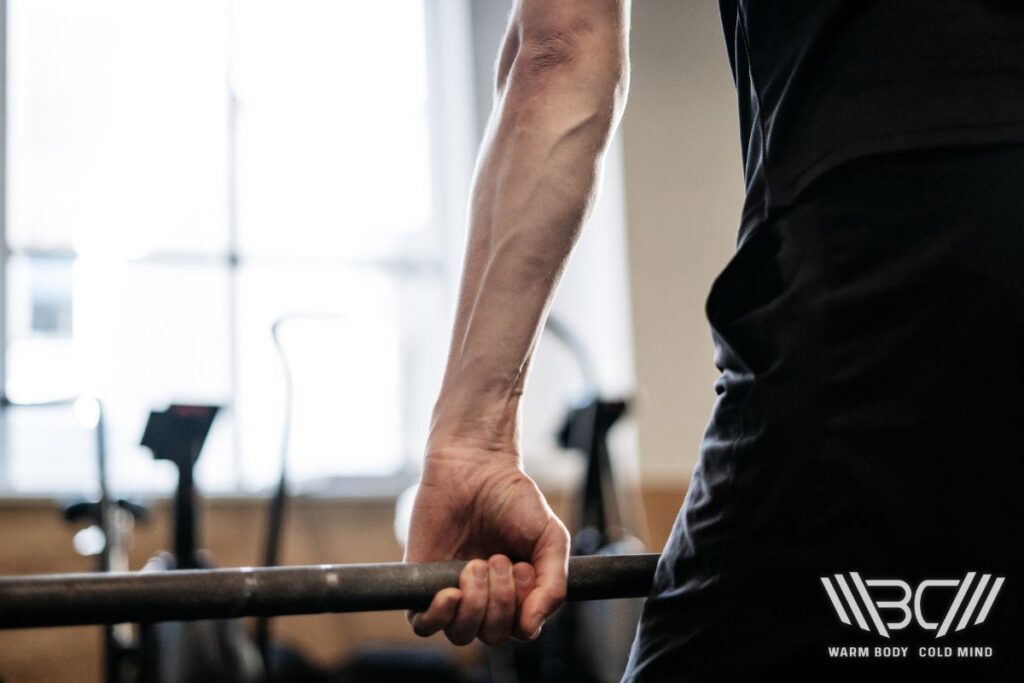
This is a great cue to utilize for any type of deadlift, as without an engaged back, the core can become soft and the lower back can take the brunt of the lift which can be an injury risk.
7. Hips
The hips help support the back through deadlifts, and one of the best ways to achieve maximal hip stability is to keep the bar close to the body. The initial starting position will place your hips in a backward position, but as you raise the bar, they need to be hinged and shifted forward.
Imagine your body is connected to the bar, and as you lift it from the floor, your body straightens with your hips meeting the bar as soon as it raises in height to full extension.
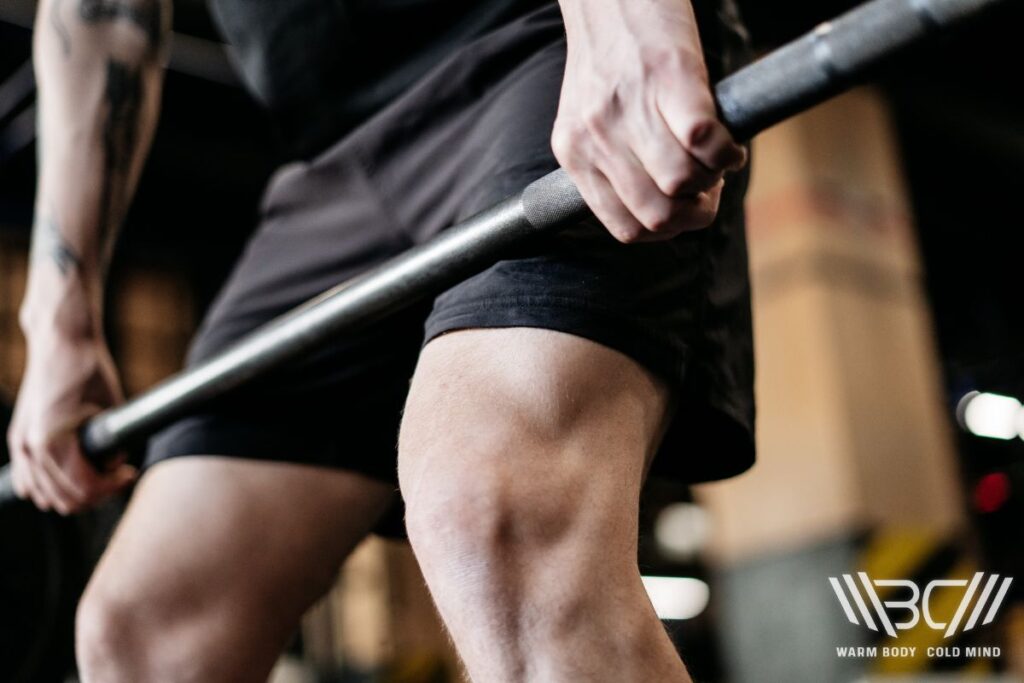
Our WBCM nylon weightlifting belt is comfortable and supportive, with a reliable locking system so you can focus on lifting heavy weights with optimal form and hip alignment, knowing your belt will be with you the whole way. Available in four diverse colors, you can opt for the belt that best suits your personality and gym aesthetic, while supporting your back during deadlifts.

Discover the strength of the Warm Body Cold Mind nylon lifting belt. Lightweight and durable, it provides optimal support for your workouts.
8. Pulling
One of the most useful deadlift form cues for pulling is to pull the slack out of the bar, using your back, specifically your lats to do so. Imagining yourself bending the bar towards your body means you will engage your core and lats, keeping your body in an upright position to pull the bar off the floor.
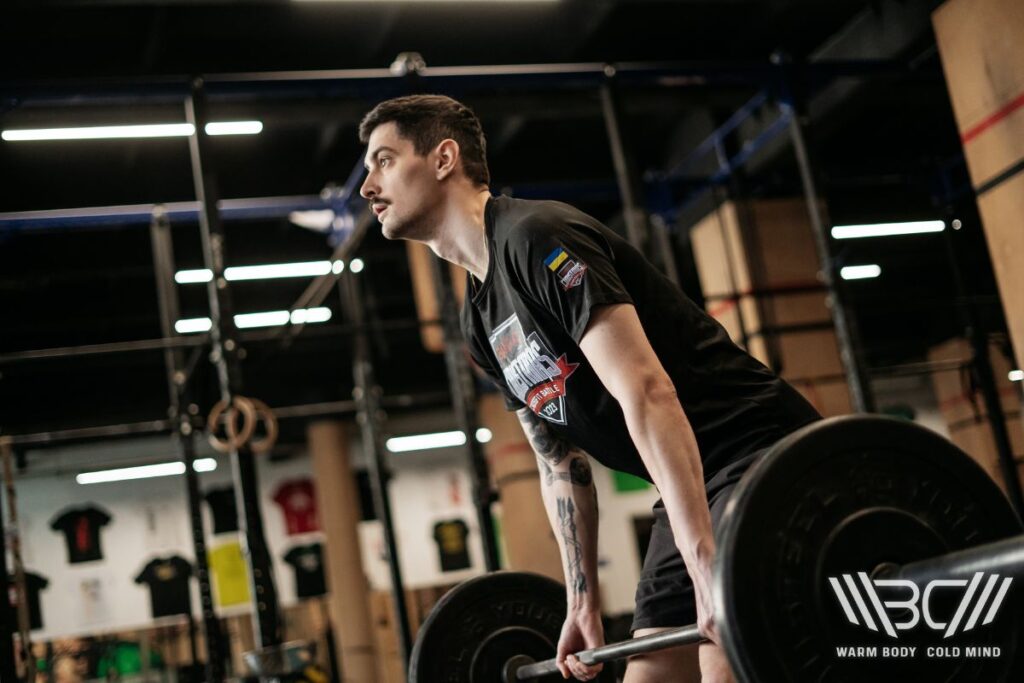
Paired with pushing your feet and legs into the floor, this pulling cue will help you shift the bar upwards with a stable, secure body, and neutral spine that isn’t curved or rounded.
9. Neutral Head Positioning
Knowing where to direct your head while deadlifting can be difficult, and it can be tempting to look around while completing the exercise. It’s best to keep your head as neutral as possible as this will aid in keeping your spine straight.
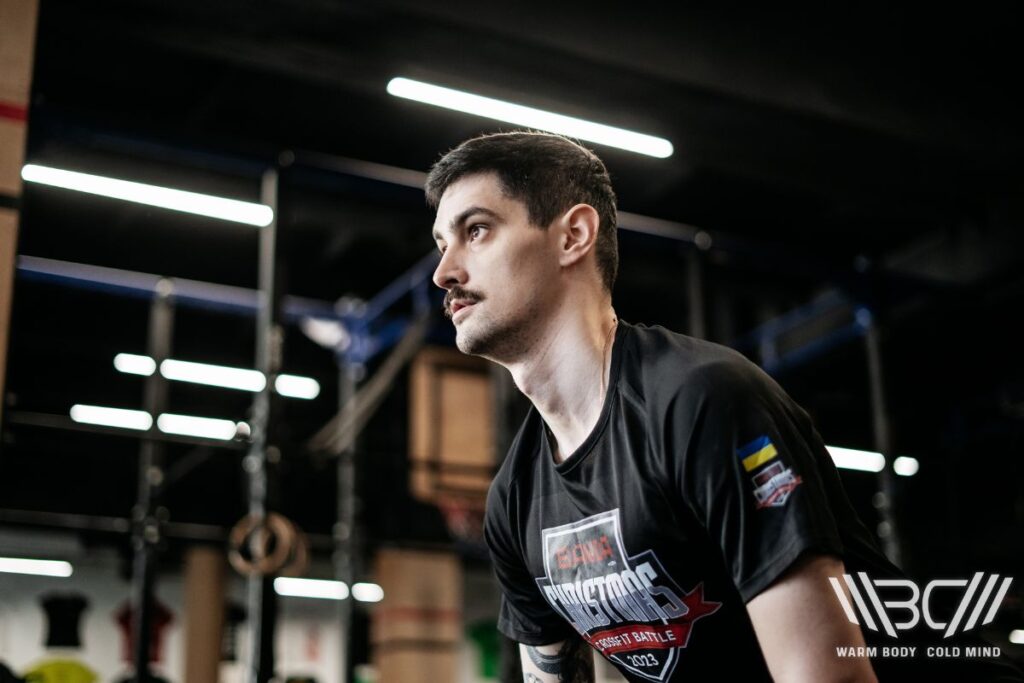
Avoid looking up or down while deadlifting, instead, aim to look outwards in front of where you’re lifting. Your head needs to be in line with your back and trunk, otherwise, it can move your spine out of the ideal straight deadlifting position.
10. The Reset
Even when time is limited, it’s never a good idea to rush through an exercise as this can lead to improper form, lack of focus, and potential injuries. As the name suggests, a deadlift involves lifting a ‘dead weight’ off the ground, so it’s important to reset after each rep.
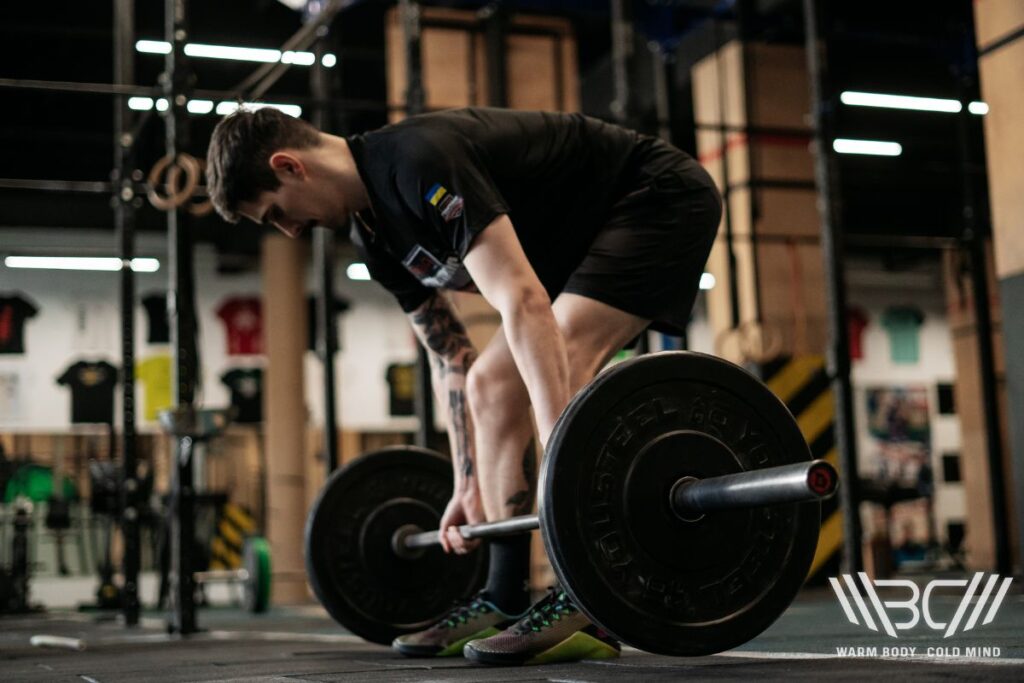
This doesn’t mean taking an extensive period of time after every rep to get your body back into a starting position. Resetting simply means a brief review of your body to ensure your form is correct, and fixing any areas where your form has slipped before continuing to lift.

Pro Tip:
Once you’ve completed a few deadlift reps and your muscles begin to feel tired, pay extra attention to your back, core, and breath, as these are all areas where it’s easy to lose focus. Practicing these essential cues will become easier over time, and you will naturally go through each motion once you’re used to walking yourself through all the necessary cues that go alongside deadlifting.
Conclusion
Deadlifts have numerous benefits such as engaging all the muscles of the posterior kinetic chain and aiding in the development of other exercises. Knowing how to correctly perform deadlifts means you can get the most out of the movement, supported by deadlift cues that help keep your form in check so you are less likely to experience an injury.
What deadlift cues do you use? Let us know any we missed in the comments!
References:
- Victor Bengtsson, Lars Berglund, Ulrika Aasa, “Narrative review of injuries in powerlifting with special reference to their association to the squat, bench press and deadlift”, BMJ Open Sport and Exercise Medicine, https://bmjopensem.bmj.com/content/4/1/e000382 (Accessed March 13 2024).
- Hales, Michael, PhD, “Improving the Deadlift: Understanding Biomechanical Constraints and Physiological Adaptations to Resistance Exercise”, Strength and Conditioning Journal, https://journals.lww.com/nsca-scj/fulltext/2010/08000/improving_the_deadlift__understanding.4.aspx (Accessed March 13 2024).
- Isabel Martín-Fuentes, José M. Oliva-Lozano, José M. Muyor, “Electromyographic activity in deadlift exercise and its variants. A systematic review”, National Center For Biotechnology Information, https://www.ncbi.nlm.nih.gov/pmc/articles/PMC7046193/# (Accessed March 13 2024).
- Kirill Alekseyev, Alex John, Andrew Malek, Malcolm Lakdawala, Nikhil Verma, Colton Southall, Argyrios Nikolaidis, Sudheer Akella, Samantha Erosa, Rayeed Islam, Efrain Perez-Bravo and Marc Ross, “Identifying the Most Common Injuries in a Variety of Athletes”, Rehabilitation Process and Outcome Volume 9, https://journals.sagepub.com/doi/pdf/10.1177/1179572719897069?fbclid=IwAR2GGIMEIHDziICf6VkYjN7fH6kgYY6S7EoX1Z58NMIrvcnqJfN45BtFohM (Accessed March 13 2024).
- Cody Roberts, “The Deadlift: Form, Benefits, and Workouts”, Science For Sport, https://www.scienceforsport.com/the-deadlift-form-benefits-and-workouts/ (Accessed March 13 2024).
- All photos are made by WBCM Media team.
Author: Sergii Putsov
PhD in Sport Science, Olympic weightlifting, Strength & Conditioning coach and fitness expert
Sergii Putsov is a professional weightlifter with over 20 years of experience and multiple national medals. He was a member of the National weightlifting team, competing in the 94 kg weight class. Sergii holds a master’s degree in Olympic & Professional Sport Training and a Ph.D. in Sport Science. After his athletic career, Sergii transitioned into coaching and is now responsible for designing training programs, writing blog articles, providing live commentary for international weightlifting competitions, and hosting sport and fitness seminars worldwide.

